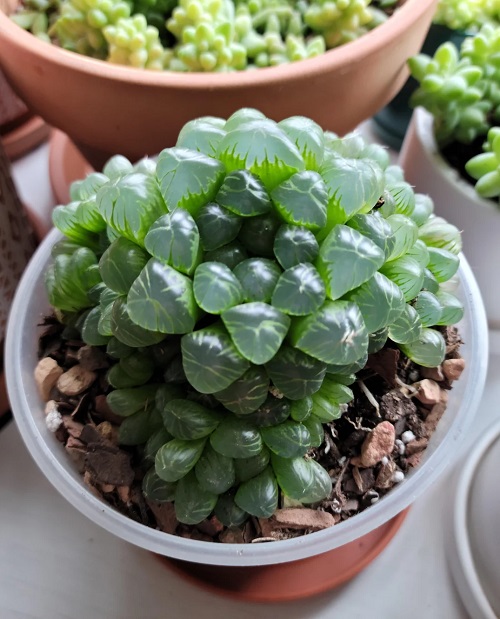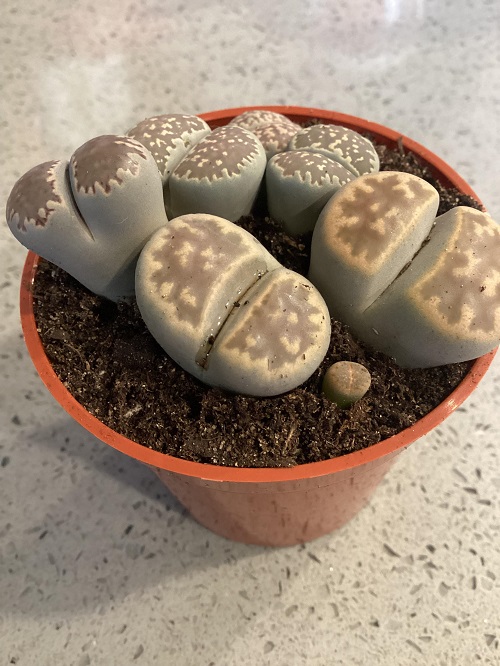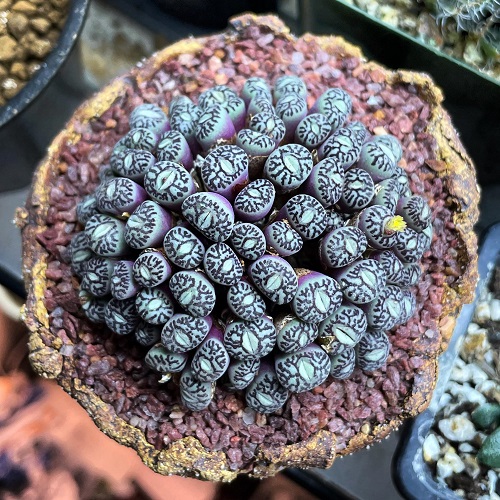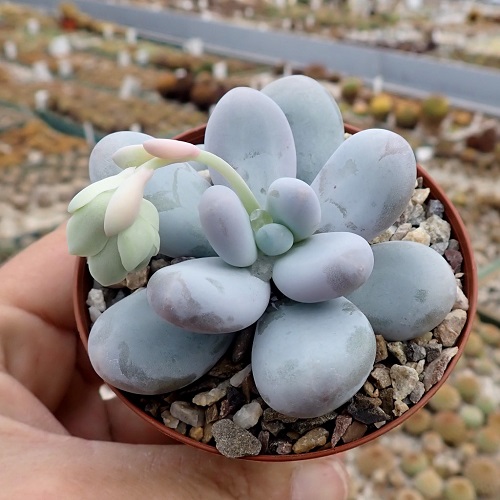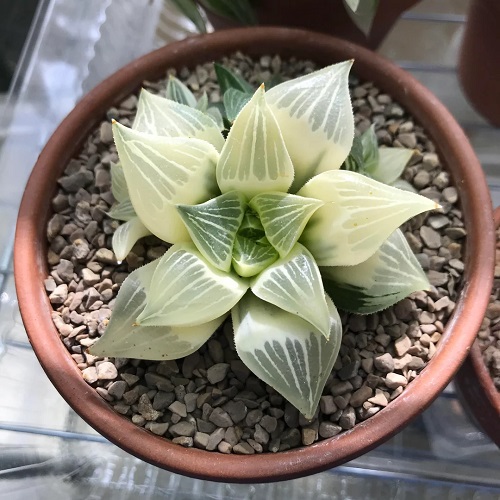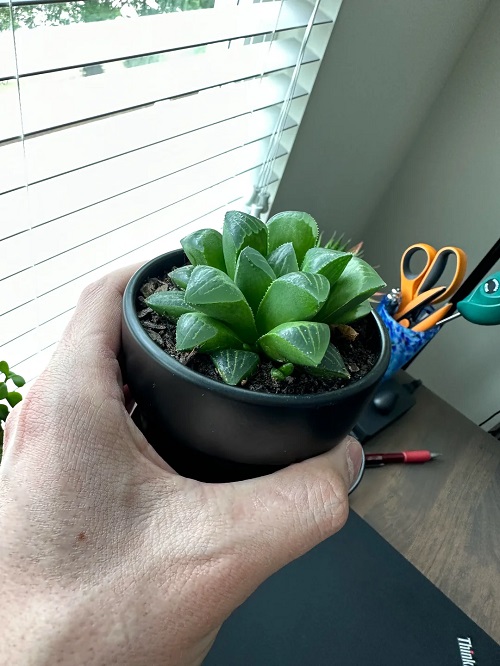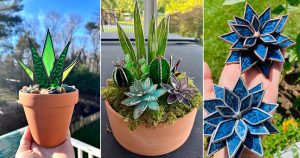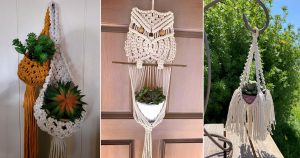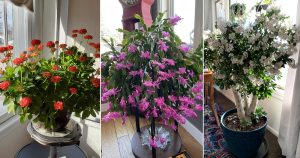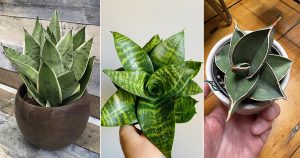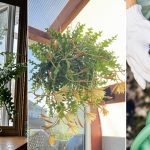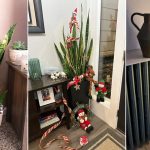Succulent Plants That Look Like Opals are perfect for green thumbs—they’re low maintenance, adaptable & shine like precious gems in sunlight!
The best thing about these succulents is that they’re hard to kill! With proper care, they can bloom and live a long life. Here, you will find different types of succulents that look like opals. While they may not be real gemstones, they shine and sparkle in their own way, especially in different shades of sunlight, color, and form. Read on to know more!
Succulent Plants That Look Like Opals
1. Cooper’s Haworthia
Botanical Name: Haworthia Cooperi
This slow-growing succulent has translucent, fleshy leaves arranged in short-stemmed rosettes with light green colors, making them look like miniature opals with shimmering effects. Growing it would be easy—protect it from harsh sun rays, plant it in well-drained soil, and avoid prolonged wet periods.
2. Living Stones
Botanical Name: Lithops
Lithops are beautiful plants to grow indoors because of their stone-like appearance, miming the look of polished marble or gems. Discovered by William John Burchell in southern Africa, surviving in dry regions store water. It blooms during autumn or really winter with daisy-like flowers, open in the afternoon and close in late afternoon.
3. Split Rock
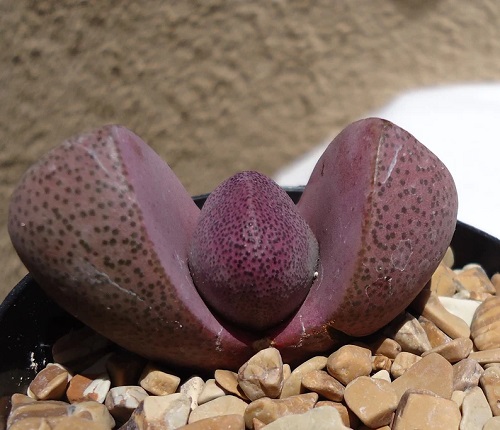
Botanical Name: Pleiospilos Nelii
Split rock is a dwarf succulent with an egg-shaped body. It features grey-green to brownish leaves with tiny dark dots on the surface, resembling polished gemstones. The bodies reach up to 3.2 inches in height and 4 inches in length. Flowers are narrow with yellowish-orange shades and a coconut-like smell. And bloom for several days.
4. Baby Toes
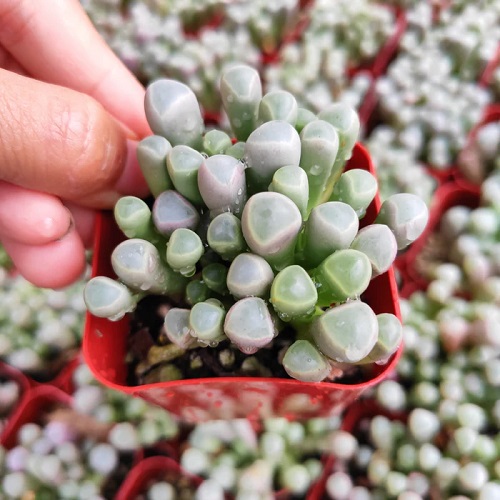
Botanical Name: Fenestraria Rhopalophylla
Native to the Namibian desert, it is known for its habit of hiding inside the sand or gravel to protect itself from herbivore animals and excessive water loss. Its cylindrical leaves are translucent from the tips and arranged close to each other, making it look like little gems clustering together.
5. Conophytum
Botanical Name: Conophytum mínimo “Wittebergense”
This one forms loose mats with button-like leaves with reddish spots and streaks on the surface. Some say that the pattern in the leaves looks like an evil eye; however, they come in various colors and patterns, so they differ! Its flowers are nocturnal, super-scented, and appear in the fall.
6. Moonstones
Botanical Name: Pachyphytum oviferum ‘Variegata’
”Pachyphytum oviferum ‘Variegata’ is a lovely plant due to its chubby, bluish-green, or purple leaves with uneven yellow or cream markings, just like moonstones; this is what its common name is! The interesting fact about this one is it can thrive better underwater than overdo it! Keep in soil with good drainage in full or partial sun.
7. Graptoveria’ ‘Debbie’
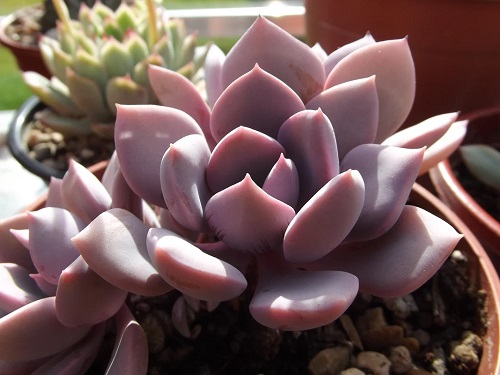
Botanical Name: ×Graptoveria ‘Debbie’
It is a rare succulent developed from a mix of Graptopetalum amethystinum and unknown Echeveria, due to which it has gemstone-like qualities, mainly when kept in bright light—and can only be seen from certain angles, like in the image. Plant it in a container with a mix of peat, sand, topsoil, and compost in full sunlight with excellent drainage and moderate irrigation!
8. Haworthia magnifica
Botanical Name: Haworthia magnifica var. atrofusca
Haworthia magnifica succulent not only shines with its fleshy, transparent leaves displaying unique colors and patterns, i.e., whitish grey variation. This nature or form of it makes it worthwhile to prepare its food (photosynthesis) even in low light. Some may call it a watermelon-like entity! Place it on your windowsill in a bright, indirect sun with well-draining soil and minimal watering!
9. Haworthia mutica
Botanical Name: Haworthia mutica Haw.
Native to South Africa, it is a crystal-clear succulent that grows slowly and reaches only 3-5 inches. Its triangular, transparent leaves form stemless rosettes. The leaves also change color due to stress! Grow it in containers, and if you see its offsets growing out from the place, spring is ideal for repotting! Bright, indirect sunlight, good soil with ample drainage, and less irrigation is all it needs!
So, you got the list of best opal-like succulents! If you’ve grown any of these or know of other sparkly plants, please share your experience and drop a comment below!

